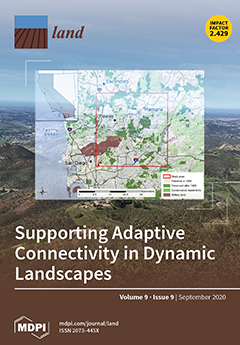Abandonment and Recultivation of Agricultural Lands in Slovakia—Patterns and Determinants from the Past to the Future
Central and Eastern Europe has experienced fundamental land use changes since the collapse of socialism around 1990. We analyzeanalyzed the patterns and determinants of agricultural land abandonment and recultivation in Slovakia during the transition from a state-controlled economy to an open-market economy (1986 to 2000) and the subsequent accession to the European Union (2000 to 2010).



